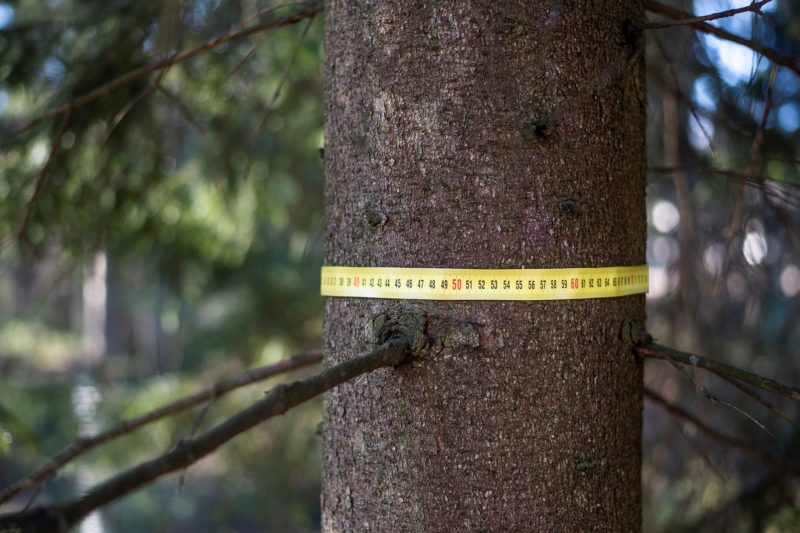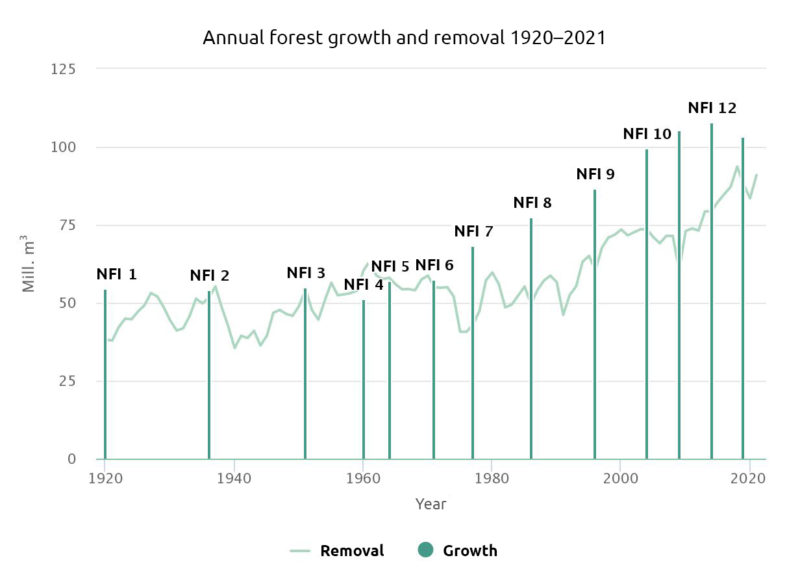
The EU plans to enact a new legislative proposal on the monitoring of forests, possibly in July. Access to comparable data will make it easier to assess the law on nature restoration, for example.
The European Union’s environmental and climate goals have been described as ambitious, and they have affected the Commission’s proposed new legislative proposal on forest monitoring. The regulation will possibly be enacted in July.
’The Commission wants to monitor the status of forests. It also wants to improve the comparability of data from different member states,’ says Ministerial Adviser Juha Roppola from the Ministry of Agriculture and Forestry.
Roppola stresses that the data gathered from forests in the EU must be correct to ensure that decisions are not based on misunderstanding.
’Misconceptions may steer future policy actions in the wrong direction,’ he notes.
EU issues related to forests are particularly important for Finland as the most extensively forested country in Europe. Forests cover over 75 percent of Finland’s land area.
Data is needed when implementing nature restoration
The purpose of the monitoring initiative is to generate forest data which will be used, among other purposes, as basis for the EU Nature Restoration Regulation or for other decisions related to forests.
Data is needed since estimates of the cost impact of restoration have been widely divergent, at least in Finland.
The Commision estimates the restoration legislation to cause an annual cost of EUR 930 million to Finland, but also benefits of ten thousand million euros.
According to a subsequent estimate by Natural Resources Institute Finland (Luke), the cost of the EU nature restoration legislation for Finland will actually be EUR 13–19 thousand million by 2050, which means about EUR 500 million each year.
In Finland, the Commission’s calculation of financial advantages has been regarded as ’idle talk’ not appropriate in serious policy debate. One of those expressing this opinion is MEP Miapetra Kumpula-Natri (Social Democrats) in an interview with forest.fi in February.
‘If every euro invested in restoration brought back at least eight more of them, I’d imagine it’d be worth while for Germany to invest another couple of thousands of millions more in it,’ Kumpula-Natri said.
According to the Commission proposal, 30 percent of the degraded area of ecosystems should be restored by 2030.

Finnish forests first inventoried over a century ago
Finland’s forest resources were first inventoried in 1921. The know-how accumulated over a hundred years has been made available to those preparing the legislation in the EU. The inventories are carried out in Finland by Luke, which is in charge of the National Forest Inventory (NFI).
’All forest data is not comparable, but it is nevertheless important to use the existing basis for the EU’s future proposal,’ says Roppola.
According to Roppola, it is not yet known what indicators are proposed for the monitoring.
’We have relatively little information on the Commission proposal. It would be important to avoid all duplication of effort and to take account of cost-effectiveness when drafting the proposal,’ he says.
Roppola recommends that when preparing the proposal, the Commission should make use of the ENFIN network, which focuses on forest inventorying.
’Luke annually publishes data on Finland’s forest resources, forest health and biodiversity, as well as on carbon storages and changes in them. This data is used to monitor the sustainability of forest use, the carbon sinks and biodiversity,’ Roppola says.

Opinions express concern over reliability
According to the consultation response by Sanna Marin’s (Social Democrat) government, Finland is in favour of the initiative. The responses by many other member states and stakeholders show similar opinions.
Finland’s response points out that the decisions for sustainable forest management are taken locally: it is not necessary to define forest management methods in EU law.
The Commission hopes that forest monitoring will provide a means of combating illegal fellings. This could be achieved by remote sensing together with observation on the ground.
According to the Commission document, it is difficult to combat the continuing illegal fellings in the EU without up-to-date data on fellings.
Many consultation responses stress the reliability, comparability and transparency of the data to be gathered. The Federation of Finnish Forest Industries notes that it is important to prevent all interference with the forests monitored.
’The map coordinates of the sample locations must be kept secret from forest owners, forestry operators and the general public, to ensure the reliability of the monitoring,’ the federation points out in its response.
This observation by the Federation of Finnish Forest Industries is not contrary to accepted practice, for in Finland, forest resource data can be gathered without informing the forest owner, to make sure that the areas monitored will be managed in the same way as other areas. The Central Union of Agricultural Producers and Forest Owners stresses in its response that monitoring may not violate the privacy of forest owners.
Correction made on April 28, 2023 at 3:47 pm: Contrary to what was first stated in the article, it is not a regulation but a legislative proposal.
